Warwick Thornton discusses his film The New Boy and the Indigenous voice
The stunning camerawork that filmmaker Warwick Thornton brings to the cinema screen will soon be used to promote the Yes campaign for the voice.
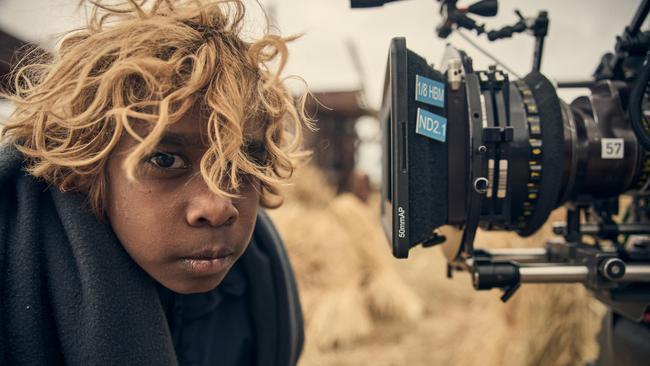
After the first screening of The New Boy in Melbourne, Warwick Thornton sat in front of the audience with a glass of red wine, looking like a cowboy with his pale – were they snakeskin? – boots, an attitude of confident, ironic defiance and his knee jiggling like a nervous teenager.
Thornton knows the visual language of the western, having grown up in the era of VHS and watching old movies featuring Charles Bronson, and Clint Eastwood in The Good, the Bad and the Ugly, that Italian re-creation of a dreamt-up America, filmed in Spain.
He makes the distinction between the American western and the Australian or “meat pie” western that Indigenous people have made their own.
“The American western is a view from the veranda looking at the lawless desert,” he says. “For us, for the Indigenous, it’s looking from the desert at the veranda and being fearful of that.”
Thornton virtually invented the idiom of Indigenous filmmaking, from his lyrical debut feature Samson & Delilah to Sweet Country, with Hamilton Morris, Sam Neill and Bryan Brown, and the second season of crime series Mystery Road.
The New Boy, which has opened in cinemas, has Cate Blanchett as a nun running an outback orphanage during the years of World War II. Aswan Reid plays an orphan boy who has strange powers over snakes that he can command and bring to life, and can use to give himself a kind of stigmata just as he crams the mouth of a wooden figure of the crucified Jesus with jam as he wrestles with him like an avatar.
Thornton is credited on the film as writer, director and cinematographer. Astonishingly, he shot the film using a single camera and three lenses. He loves “the looseness and the creativity of cinematography”, and the gambolling lyricism of his camera work – the images he creates precede any interpretative slant – is the most potent force in Indigenous cinema.
Throwing in a bit of the religious rhetoric that permeates the film, I ask him bluntly: If he were standing before the majesty of God’s justice and St Peter said to him “What are you?” he would say – wouldn’t he? – “I am a cinematographer.”
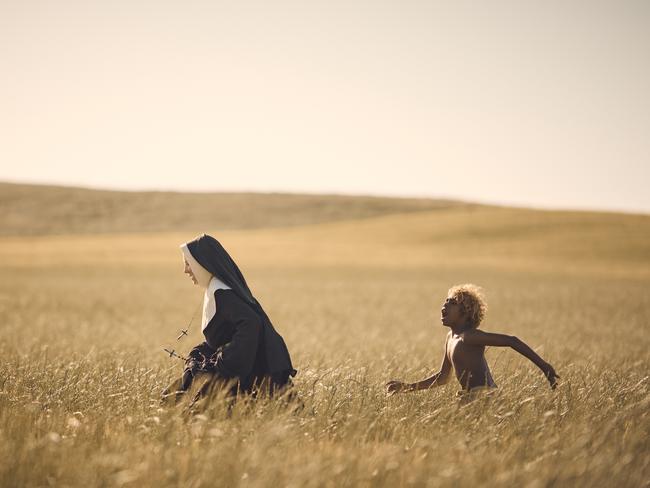
“Yes, absolutely,” Thornton replies. “The writer and the director in me are only there to serve the cinematographer. I have these three personalities: two serious humans and a dickhead. The two very blinkered thoughtful people stay at home and think about cinema and arcs, all those beautiful things. And then there’s this cinematographer who is a total wanker. But when the other two work they only care about what he thinks, even though he’s always at the pub.”
Thornton elaborates on this “symbiotic” relationship: the writer and director who shape words and sculpt drama, and how they coexist with the “dickhead” who creates merry hell with all the magic the camera can achieve.
“There’s structure and knowledge and craft and the child who plays with toys on set – it takes the stick out of my storytelling arse and makes sure the film can play,” he says. “But I do believe that I have something quite unique in my Indigenous spirituality and beliefs. But it’s so inchoate, you know?”
Is The New Boy an allegory of Warwick Thornton the artist?
“Yes,” he says. “I guess. I’m still searching for everything in life. I still feel like I’m in a world I didn’t come from. And I’m just trying to survive.”
He goes on. “You know, I watched Aswan walk on to the set being the new boy. But rather than going to an orphanage he did exactly the same things as the new boy character does in the film.
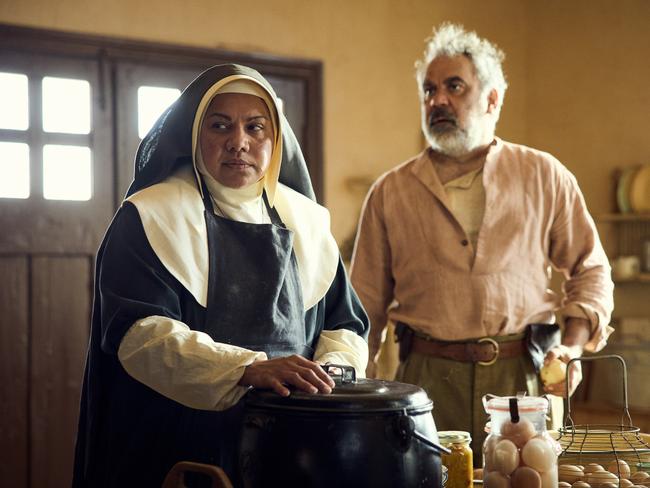
“He was plucked from the desert … looked around and worked out how to survive. I wrote that but then it was actually happening in front of us. There was this boy being thrust into a very foreign situation. And he was a perfect survivalist. He worked out what the hierarchy was and who to pick on: the director and the movie star, Cate.”
Thornton laughs. “He had such a good time annoying the shit out of us.”
You can watch The New Boy as an elaborated enigma, so many mysteries rising up like snakes’ heads and signifying we know not what. At times the boy – as a consequence of Reid’s marvellous performance, starry and utterly natural at once – seems like an agnostic variant, like the figure in JM Coetzee’s Jesus novels.
And although Thornton doesn’t like university lecture-style debates, he likes the dialectic of opposite interpretations, in this case a clash of faiths.
He broods on the impoverished vocabulary that’s used to summon up the Aboriginal sense of spiritual power, of forces and dominions. “And what we have is called the Dreamtime.” He speaks with a kind of pulled-back wonder and disgust. “It’s such an insulting word. This idea that we made it up while we were dreaming.”
Think of the contrast with Christianity. “We don’t call Christianity the Dreamtime as if someone just made it up. It’s something that actually exists. And what we are and what we have also exists.”
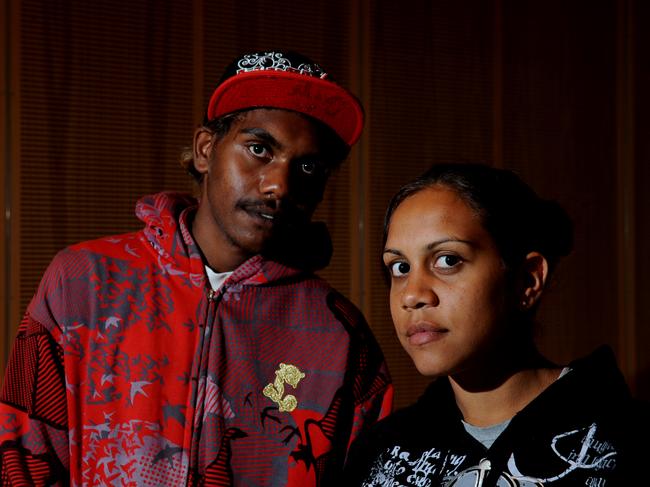
He hates the fairytale effeteness of the idea of a world of dreamt-up stories, fictitious by their nature. And he emphasises that Catholicism in its starkest aspect when coupled with colonialism could be “a monster of a religion”, one in which you believed with your whole heart or you burned in hell. “It’s a death religion, in a way,” he says, “but I think it’s getting better.”
Reading between the lines, it’s clear Thornton went through a period of being attracted to the Catholicism he encountered at the monastery of New Norcia in Western Australia, where he went for several years of his schooling. But the other side of it was there, too.
“It scared the hell out of me,” he says. He had never been in a church before and he had never seen what he calls “the world’s first horror movie which is this man, in a lot of pain, nailed to the cross. You quickly need to conform and believe and pray. You could walk away from it later, but at that time it was a 24/7 thing. Prayers in the morning and mass in the afternoon. Everything was designed around the central pillar, which is the church.”
At this point Thornton takes a step back. “I didn’t have a problem with that place,” he says. “I really enjoyed the Benedictine Spanish monks. They love siestas, they eat good food, they love olive oil and good bread.”
Thornton left school at 16 and started working at the Central Australian Aboriginal Media Association as a DJ, and he says this reflected his vision of an Indigenous spirituality. The magic – the deep sense of mystery – returned and he felt at ease with his heritage.
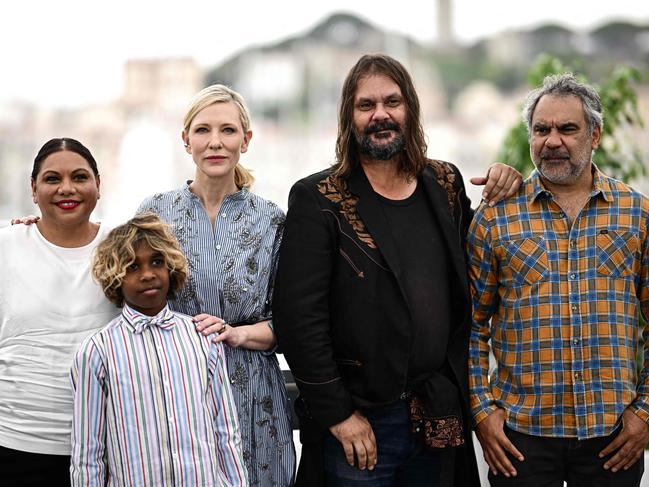
In The New Boy, he wants to show what’s at stake, that there could be a “form of extinction and that it can happen in the blink of an eye”. Christianity “helped a lot of people but we also lost a lot”.
He goes on: “Indigenous people are survivors. And we’re smart enough to understand that we’re not the same people we were when Cook and Phillip rocked up. And we’re re-creating ourselves.”
So what does he think of the voice? “I want it all and I want it now,” he says, echoing Queen. He mentions his childhood friend David Tranter, who is a sound recordist, concerned with the presence of sound and the placement of microphones.
“The way I see the voice,” says Thornton, “is that the ear that is listening is in a building in Canberra and for some reason we’re speaking from the carpark – we’re shouting and they can’t hear us. Now you open the door and you let us in and we’re not shouting any more. We can have a dignified, beautiful conversation. But at the moment the microphone is nowhere near us.”
He pauses before saying, “Maybe the microphone should be in the carpark with us. Is that where the microphone should be?”
He says there are plenty of Indigenous people in Canberra but they have agendas and constituencies. So what does he think is required?
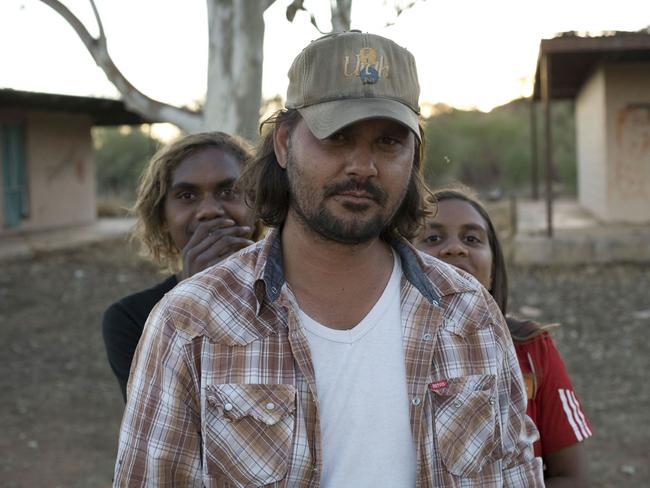
“It’s presence again. But a different presence, a visual one. We’re talking about the need for people who are neutral who are going to have a presence in those hallways,” Thornton says, his voice full of fervour. “People who anyone could talk to without an agenda. And that visual presence is very powerful.”
He says with some trenchancy: “I’m voting Yes.” Asked if he thinks the voice will get up, he hesitates for a moment and takes a breath. “Yeah,” he says. “I have faith in this country. I love this country. And I believe in this country.”
It’s fascinating how patriotism sounds so different coming from the mouth of someone as thoughtful and idiosyncratic as Thornton but it’s an inevitable reflection and it hits you between the eyes as surely as the soaring landscapes, the sunburnt country and the extraordinary sunsets in his world of images. He owns this attitude, it’s not a pose. And it’s alive to every irony and invitation to pessimism.
“I think democracy has failed Indigenous people in this country,” he says levelly. “And I believe in that light and I believe that light is about to shine. I want the sun to rise and to see a new dawn in this beautiful country. Without it there’ll be a new dark age.”
He is grim now, in his quiet way. “It’s happened before. Like with the intervention. I think it put back Indigenous health by a couple of years.”
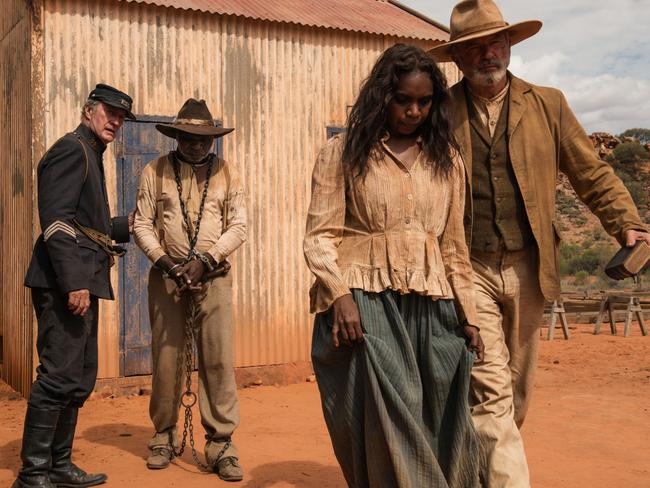
He talks of the families accused of being nothing but pedophiles, the lack of authority, the lack of kindness. “It really set us back,” he says. “If we’d had the voice in those years it would have made a lot of difference.”
Thornton doesn’t own a computer (“the keyboard doesn’t makes sense to me”) and writes in three slim A4 notebooks, enough for the beginning, middle and end. The “not very well written” initial script for The New Boy had the benefit of Blanchett to “invigorate” it and him. And he mentions he has sent the second draft of a script to Nicole Kidman.
“I had a wonderful experience with her a couple of years ago over some champagne and I promised to write her a movie,” he says. “They haven’t called back. They might think it’s shit, they might think it’s good. It might be an 18-year process or it might get made this year. It’s one of those things.”
Then he returns very deliberately to the voice.
“Right now, I’m going to keep myself going mentally and spiritually by doing the ads for the Yes campaign,” he says. “That’s my contribution to who I am and what I think and what I believe. That’s going to be very exciting.”
If Thornton presents the Yes campaign in the way he presents the Australian landscape – with an extraordinary hopeful lyricism – he will sway hearts. “It’s going to be an interesting one,” he says. “I don’t think it’ll be the Opera House and the Harbour Bridge but it’s going to be really beautiful and special.”
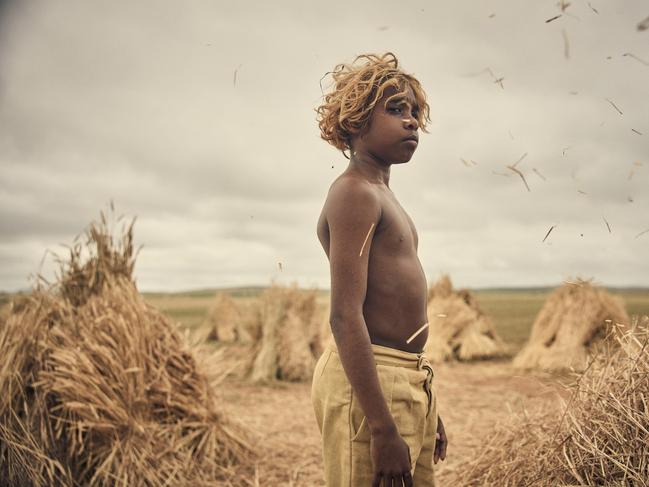
This is a great artist drawing himself up to the sense of moral value that underlies his art.
“If I think I’m a great storyteller who is an Indigenous human being and that I have been given a voice as an Alice Springs-born Australian who can make this beautiful film … well, (my people) don’t yet have the voice for themselves,” he says. “My people, Indigenous Australians, should be able to speak for themselves and have their own voices in those halls in Canberra.”
The New Boy is screening in cinemas.

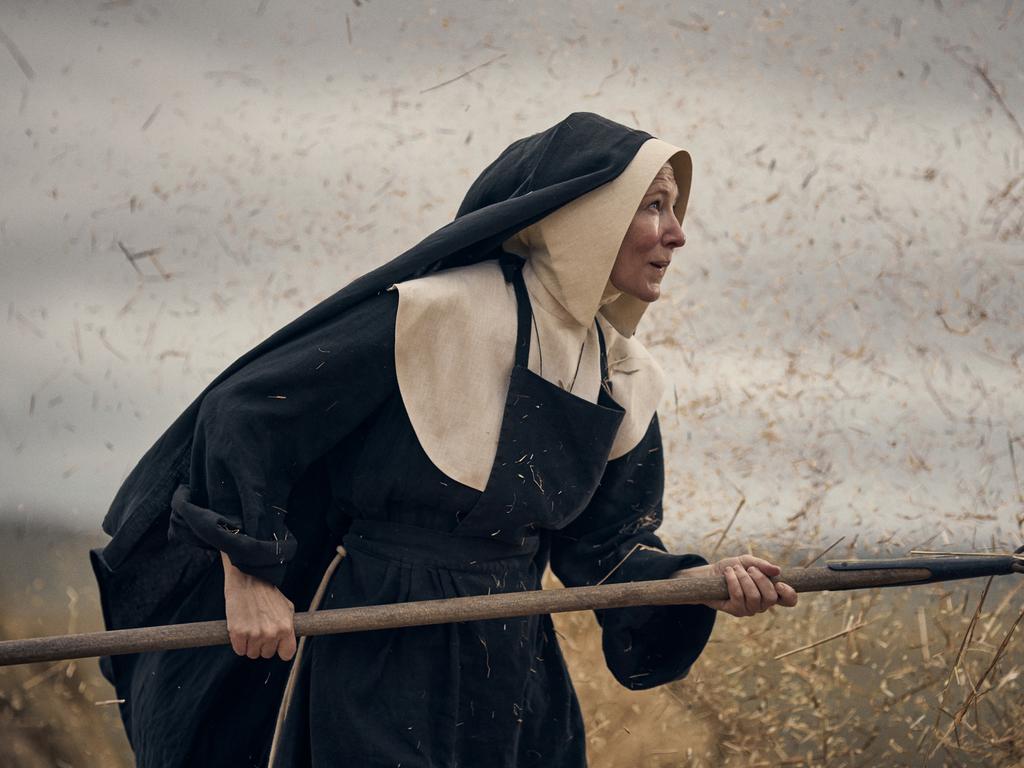
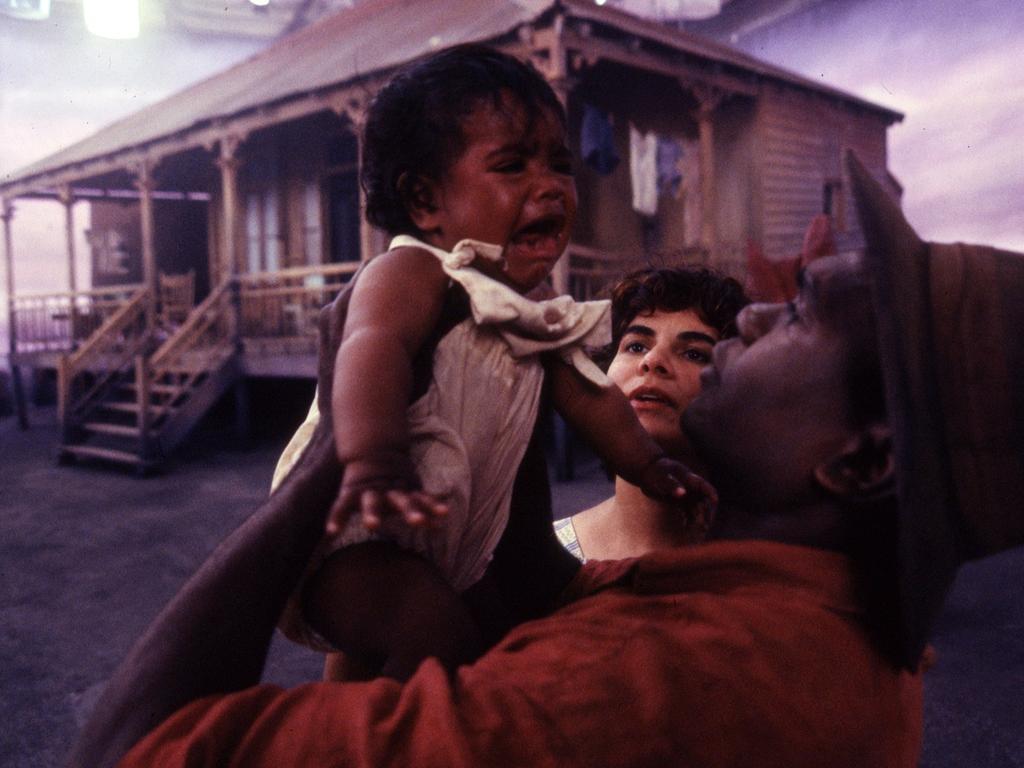


To join the conversation, please log in. Don't have an account? Register
Join the conversation, you are commenting as Logout